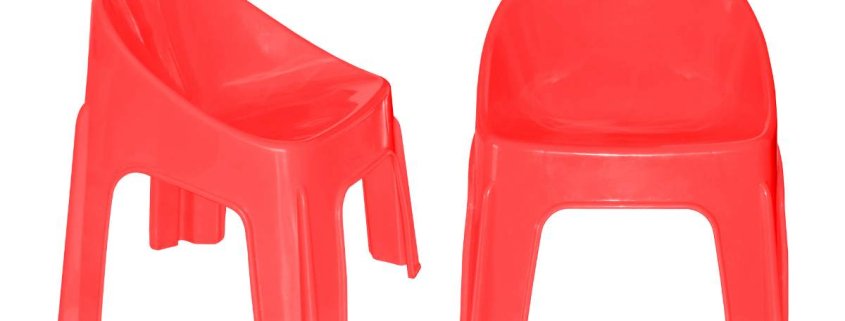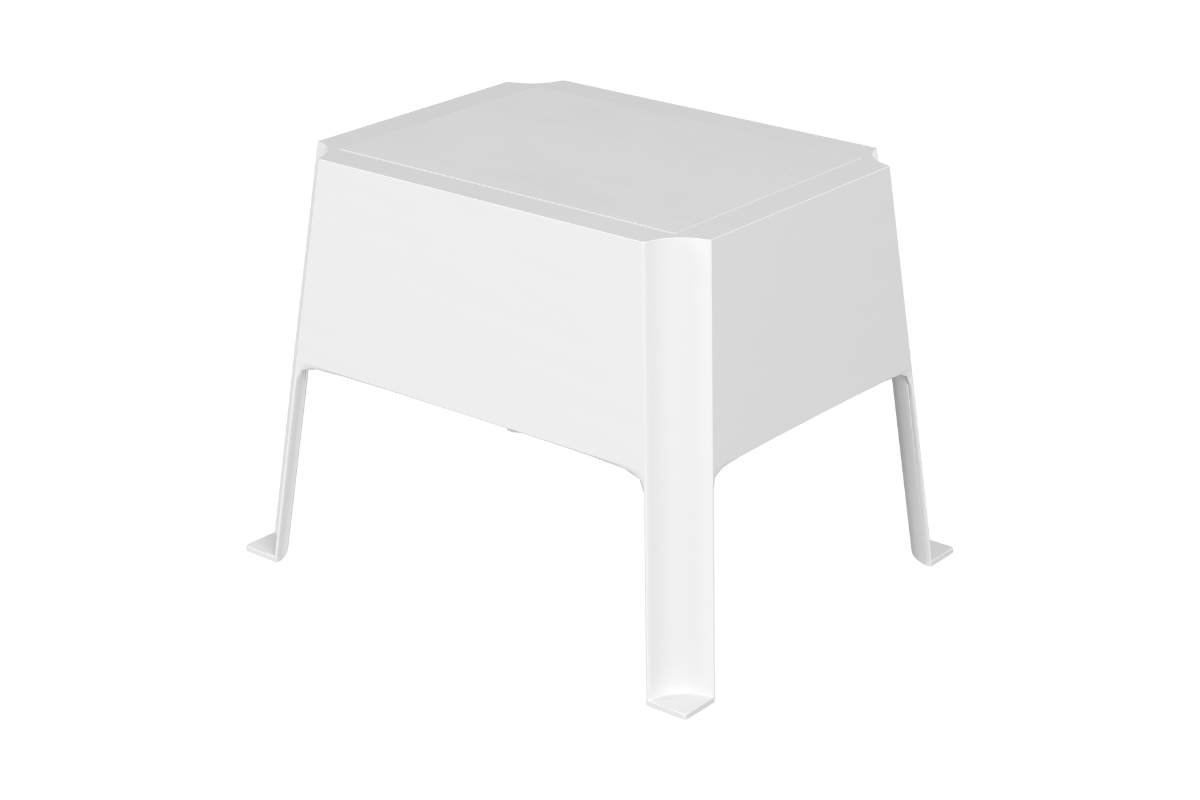Plastic Stool Mould
Plastic Stool Mould: Create Stools That Won’t Let You Down
Plastic stools are inconspicuous furniture pieces that are ever-present in residential houses, gardens, and workplaces all over the world. But do you know how these tools are formed? It’s all because of the plastic stool mould, of course!
Moulding Magic: From Design to Production
A plastic stool mold is like a giant cookie cutter, but for molten plastic. The mould is usually made of high-grade steel and is meticulously designed to capture all details and intricacies of the stool intended to be made. This design process requires the product designers and mould-making professionals to work hand in hand.
After finalizing the design, the plastic stool mould comes to fruition through the blend of advanced techniques such as CNC machining and EDM or Electrical Discharge Machining. Computer-controlled tools are used during CNC machining to carve the preferred shape into the steel. EDM, on the other hand, deals with more intricate details or tight corners with precise electrical spark erosion.
The Anatomy of a Stool Mould
A plastic stool mold is made up of two primary parts, namely the core and the cavity. The cavity defines the outer shape of the stool, while the core forms any hollow sections or interior features. These two components are designed to interlock perfectly, creating a sealed cavity when shut.
Beyond the core and cavity, a well-designed mould incorporates a network of channels for molten plastic to flow through or runners and for efficient cooling or cooling lines. The gate system, where molten plastic enters the cavity, plays a crucial role in ensuring a smooth flow and minimal waste.
The Moulding Process: Bringing Stools to Life
The plastic stool mould forms the heart of a production process called injection moulding. The molten plastic gets heated to a certain temperature according to the selected material, which is usually often polyethylene or polypropylene for stools. It is then injected into the closed mould cavity under high pressure.
The cavity is then filled by the molten plastic that conforms to all nooks and crannies of the mould design. The cooling lines then rapidly bring down the temperature, solidifying the plastic into the desired stool shape. Once cooled, the mould opens, and the freshly formed stool is ejected, ready for any finishing touches like deburring or stacking.
Beyond the Basics: Mould Design Considerations
While the core concept remains the same, plastic stool mould design can be surprisingly intricate. Factors like:
- Stackability
Moulds can be designed to allow multiple stools to nest within each other for efficient storage and transportation.
- Strength and Weight
Adjustments can be made to the mould design to optimize the balance between stool strength and weight by incorporating ribbing or varying wall thickness.
- Surface Texture
The mould surface can be textured to create a smooth, patterned, or anti-slip finish on the final stool.
The Mould’s Enduring Legacy
A plastic stool mould when made with great care is a worthwhile investment that rolls out large quantities of stools over its lifetime. A plastic stool mold guarantees consistent quality, efficient production, and the ability to create a vast array of moulded plastic stool designs for every need.





Leave a Reply
Want to join the discussion?Feel free to contribute!